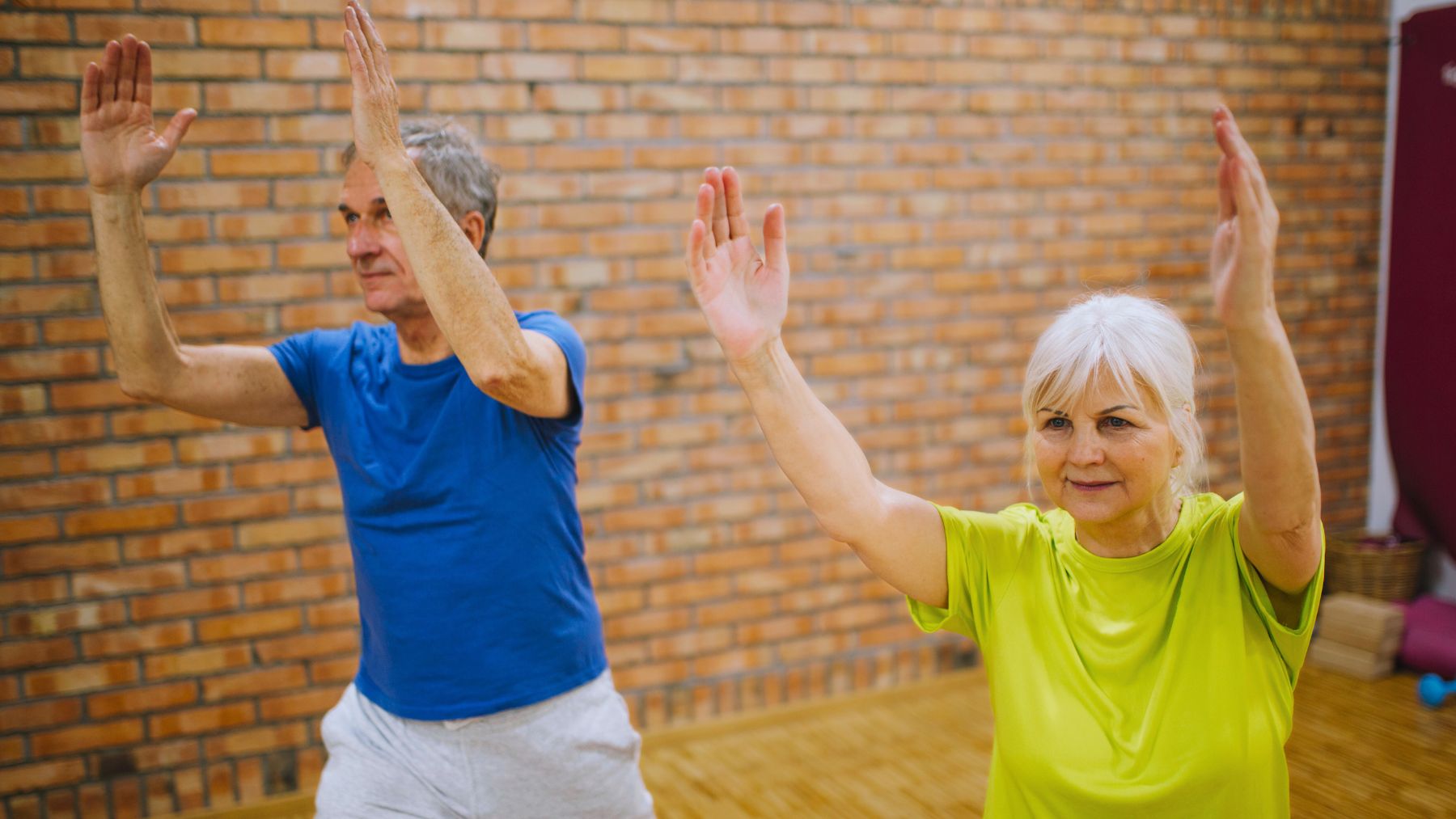For many seniors, strength training conjures images of lifting heavy dumbbells or using resistance bands in a gym. Although these traditional tools have their place, there is an equally effective method that requires no extra equipment whatsoever. Using your body weight for exercise is a simple approach that enhances strength and improves balance, joint health, and independence.
In the following sections, we’ll explain why calisthenics is the ideal exercise for retirees over 65. We’ll also provide practical tips on safely integrating these moves into your daily routine, whether at home, in the park, or in group settings with fellow seniors.
The exercise to build strength for retirees over 65
Calisthenics leverages natural movement patterns that engage multiple muscle groups simultaneously, making it a powerful option for physical fitness. Its adaptable nature allows you to scale the intensity up or down effortlessly. Take a look at the key benefits of this form of exercise for seniors.
Stronger muscles and more stability
Body-weight exercises compel your muscles to adapt through controlled, deliberate movements. Performing squats, wall push-ups, and step-ups activates essential muscle groups such as the quadriceps, hamstrings, glutes, and core. Over time, these exercises lead to firmer legs, a more stable core, and stronger arms.
Better balance and fewer falls
Engaging in controlled movements like standing leg lifts and slow knee raises improves your proprioception and coordination. As your brain and body learn to work together more efficiently, the risk of falls decreases considerably. Research shows that even small amounts of regular exercise can greatly reduce the chances of falls, boosting your confidence whether you’re navigating your home or exploring your neighborhood.
Joint health and flexibility
Calisthenics encourages fluid motion in critical areas such as the hips, shoulders, and spine. Exercises like wall angels and arm circles keep joints lubricated and maintain muscle suppleness, reducing stiffness and pain. Rehabilitation specialists often recommend these gentle movements as a natural way to manage arthritis symptoms and preserve flexibility.
Bone strength without impact
Body-weight exercises offer gentle yet effective stimulation for bone health. By engaging in natural resistance movements such as squats and lunges, you encourage your bones to stay dense and strong. This type of low-impact strength training can help reduce fracture risk and fend off osteoporosis.
Mental boost and routine
Adopting a regular calisthenics regimen not only fortifies your body but also stimulates your mind. Learning new movements and tracking incremental progress can increase mental clarity, reduce stress, and elevate your mood through the release of endorphins. Varied and engaging routines keep boredom at bay while fostering a sense of accomplishment.
Incorporating calisthenics into your daily routine creates a well-rounded strength-training program that benefits both your physical and mental health. To get started, try introducing two or three basic moves—such as wall push-ups, chair squats, and standing calf raises—two or three times per week. Focus on steady breathing, smooth motion, and proper form, and gradually increase the repetitions as you build confidence. Over time, you’ll notice improved stability, endurance, and vitality, empowering you to tackle the challenges of retirement with ease.

